Economic and Political Weekly Publication: Brick Nationalism: Silver Bricks or Sun Dried Ones? Year:2020 Download:https://www.epw.in/engage/article/brick-nationalism-silver-bricks-or-sun-dried-ones While this building material supports a shiny political campaign in the form of a silver brick laid at Ayodhya, the on-ground situation of brick kilns in India remains grim, with the exploitation of both labour and the environment. To change this scenario, an array of solutions for brickmaking, including compressed stabilised earth blocks, need to be made mainstream. The decentralised, skill-based technologies in brickmaking are the answer to mitigate environmental deterioration and enhance skill development. |
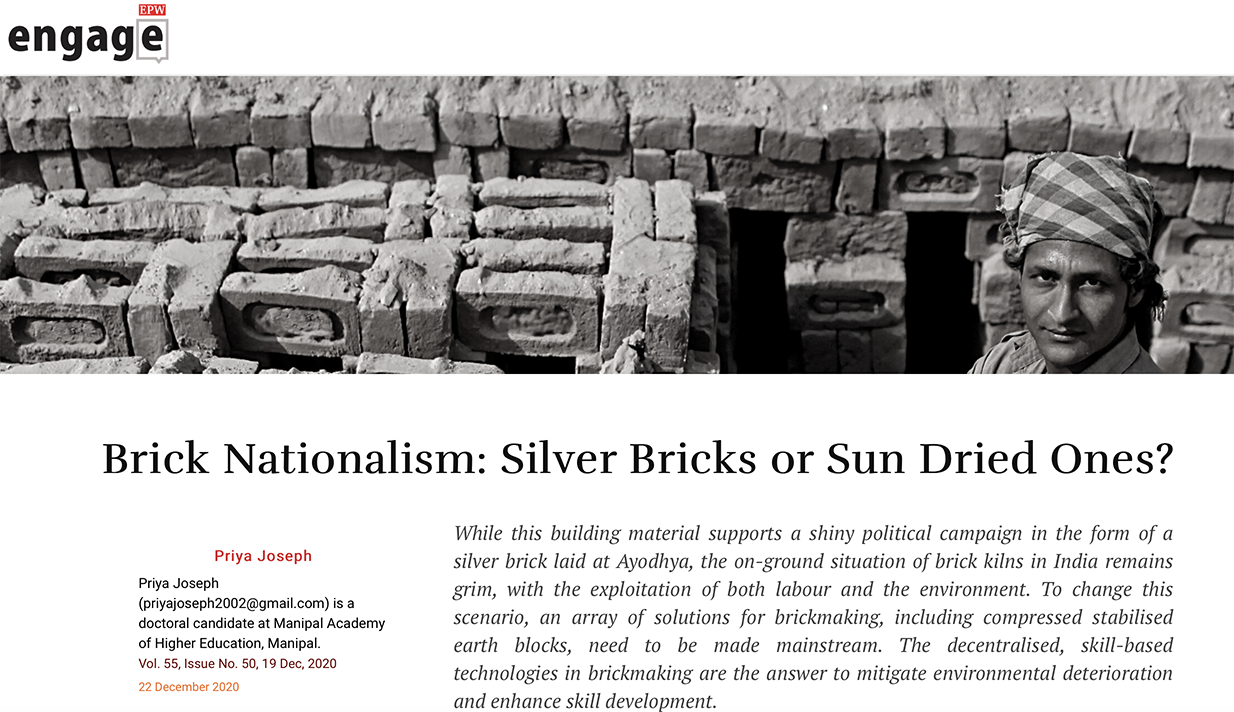 |
Traditional Dwellings and Settlements Review: HOW TO ORDER BRICKS: AN ANTHROPOLOGY OF ARCHITECTURAL TECTONICS Year:2018 Download:http://iaste.org/swp/wp-content/uploads/2012/09/2019/12/30.1-TDSR_Fall-18_B_screen.pdf The research was a part of the working paper series of the University of California, Berkley Journal TDSR. The paper was presented in Coimbra, Portugal in 2018, at the conference and subsequently published in the working paper series. The anthropological questions of architectural tectonics, especially in the case of burnt earth bricks. |
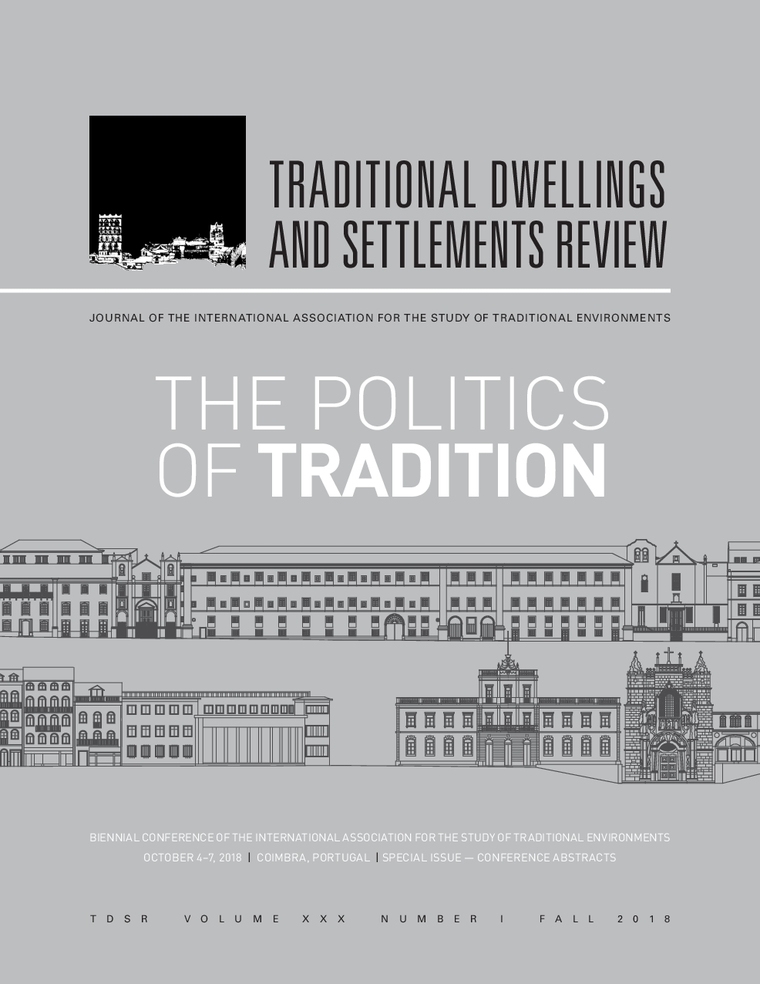 |
Radical City: Imagining Possibilities for the Indian City Year:2021 Priya Joseph has authored a chapter in the book titled: Death of Brick: Rise of the Vertical City. Book Abstract: In the next few decades a billion people will be urbanised. There will be over 40 megacities―more than 10 million inhabitants―most of which will be located in the ′global south′, especially China and India. Cities already stretched to the seams will explode. The accelerated global warming and extreme weather events will only make the situation worse resulting in unimaginable consequences. Radical City: Imagining Possibilities for the Indian City argues that we should urgently reflect on the question raised by the luminaries of Congrès Internationaux d′Architecture Moderne (CIAM) nearly a century back, ′Should our cities survive?′, because the Functional City―a conglomeration with differentiated zones of activity and transportation of people and materials between the zones―invented by CIAM has outlived its usefulness. Rethinking the city, therefore, cannot be the province of planners and technocrats alone. Instead, this book brings together artists, architects, writers, poets, designers, urban planners, social scientists, humanists and others to think about the city and its possibilities. |
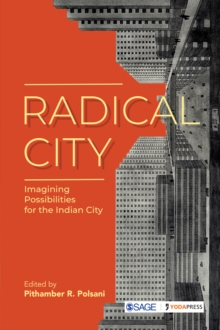 |
Urban Research and Practice Journal. Brick: Sustainability through policy Year:2020 Download:https://www.tandfonline.com/doi/full/10.1080/17535069.2020.1819724 The brick has become a remarkable political symbol with the laying of the silver brick in Ayodhya, India, recently. A tangible material in this whole exercise; the humble, everyday ‘brick’became the symbol of nationalism. While this building material holds such a shiny political campaign in the form of a silver brick today, the on-ground situation of brick kilns is rather grim, which exploits labour and deteriorates the environment. To change this scenario there needs to be change in policy that includes an array of solutions for brick making, including Stabilised Compressed Earth Blocks, adobe etc. To keep a check on these ecological imbalances, firstly at policy level intervention, the government should initiate decentralised, smaller and regional production systems instead of global chains. Secondly, alternate construction materials should be made mainstream, and an array of innovative local technologies should be incorporated instead of propagating one chief solution, universally, for brick production. Absence of environmental emission policies and regulatory enforcement leave no incentive for brick manufacturers to adopt less polluting industries and the added lack of policies that address the demand-side issues, even though appropriate technologies may be present, make it worse. There is an urgent need to revamp the brick industry of the world, especially in the emerging economies where the next decades will see exponential growth. |
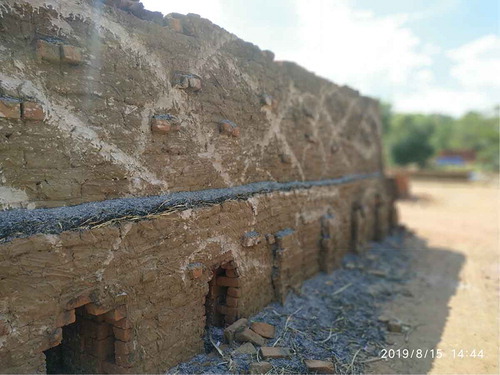
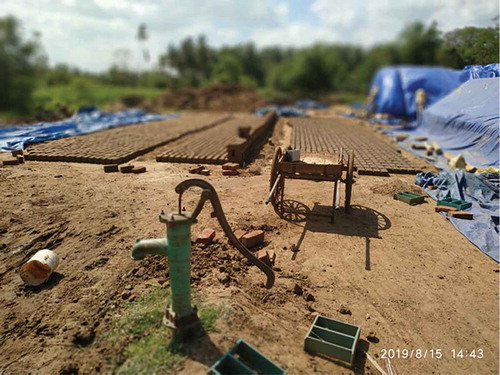 |
Urban Research and Practice Journal: Book review- Connecting arts and place: cultural policy and American cities by Eleonora Redaelli, Year:2020 Download:https://www.tandfonline.com/doi/abs/10.1080/17535069.2020.1809261?journalCode=rurp20 |
